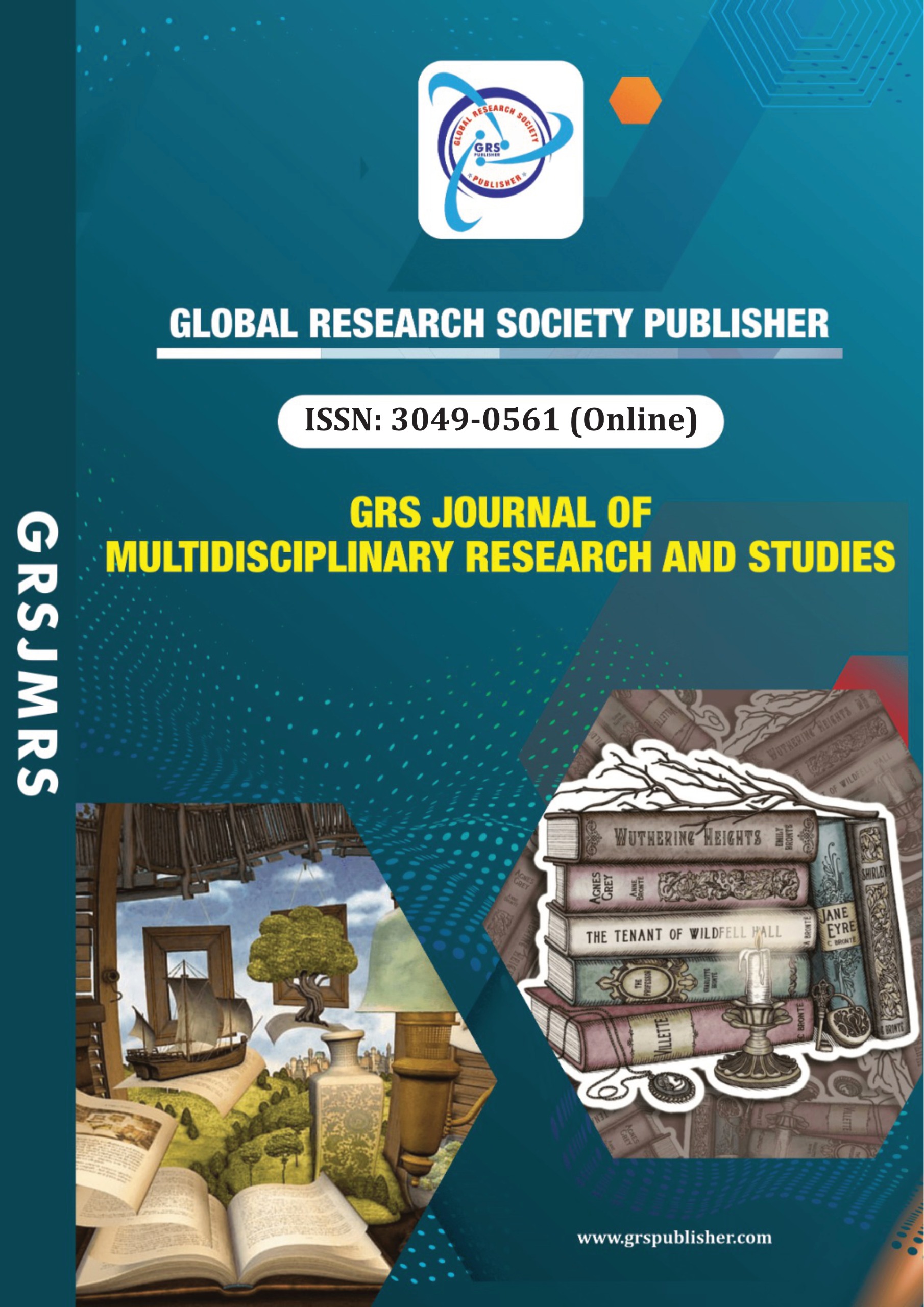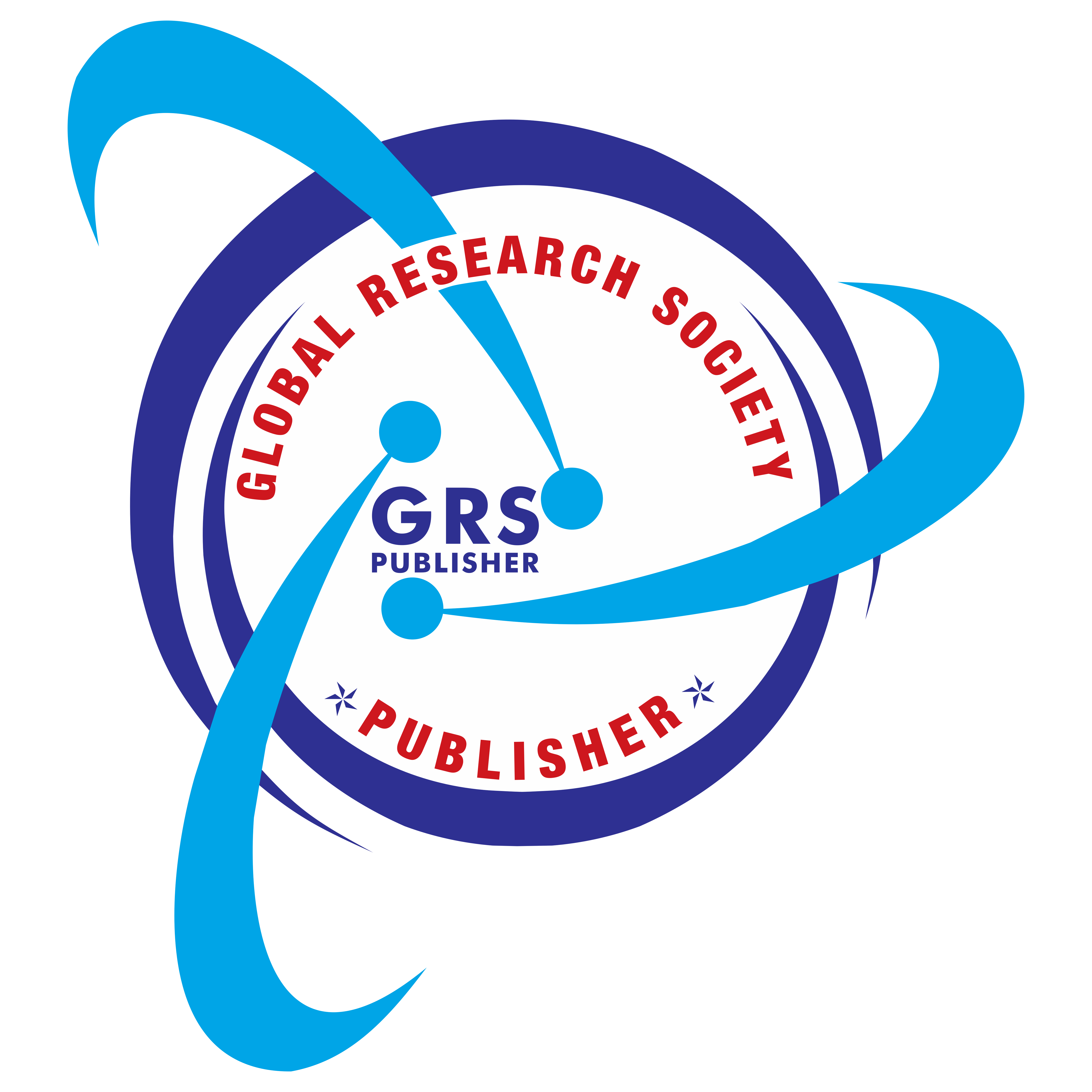Heavy metal contamination in water and its impact on environment
Sr No:
4
Page No:
31-35
Language:
English
Licence:
CC BY-NC 4.0
Authors:
Mahfuza Khanom Sheema, *Mst. Nilufa Yesmin, Md. Redwanur Rahman, Md. Rayhan Kabir, Mahmudul Hasan Chowdhury, Rajib Ahmed, Abdullah Foysal
Received:
2025-05-05
Accepted:
2025-05-27
Published Date:
2025-06-05
Abstract:
A study was to conduct with an aim to investigate the contamination of water by heavy metal in the vicinity of rapidly growing urbanied and industrialied area around Iswardi in Bangladesh. Rapid and poorly planned urban growth, along with industrial expansion and insufficient waste management systems, significantly impact the physical environment and lead to increased accumulation of municipal waste. In developing countries like Bangladesh, one of the most critical challenges of urbanization is the effective management of solid, liquid, and hazardous waste. Many cities lack adequate regulations and proper facilities for disposing of dangerous waste, which can include toxic or even radioactive materials. Levels of heavy metals have been assessed against the drinking water standards established by the EU (1998) and WHO (1993, 2004). The levels of arsenic (<0.01 mg/l) and cadmium (<0.03 mg/l) in the water samples that were analyzed were found to be below the risk thresholds. The findings indicate that the mean concentrations of Pb (0.05±0.01 mg/l) and Cr (0.2±0.1 mg/l) in drinking water have increased. These levels are higher than the drinking water limits set by the WHO (2004, 1993) and the EU (1998) for Pb (0.01 mg/l) and Cr (0.05 mg/l), respectively, and may provide a modest health risk to humans. Certain heavy metals are classified as xenobiotics because they serve no beneficial purpose in biological systems and can be harmful even at very low concentrations. Toxic metals such as cadmium, beryllium, chromium, lead, and arsenic fall into this category. Elevated concentrations of these metal ions are extremely hazardous to both humans and animals, as well as to plants. Their ability to dissolve in water makes them a significant environmental concern
Keywords:
Drinking water, Poverty, Heavy metal, Research, Rural.
Journal: GRS Journal of Multidisciplinary Research and Studies
ISSN(Online): 3049-0561
Publisher: GRS Publisher
Frequency:
Monthly
Language:
English

